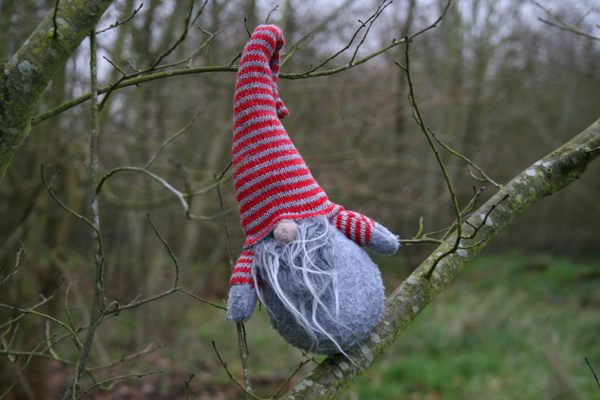The Best-Preserved Woolly Mammoth Goes on Display in Japan, But Should We Resurrect it?
Woolly mammoth on display (photograph by Kazuhiro Nogi/AFP, via hungeree)
A prehistoric woolly mammoth that was long encased in the New Siberian Islands has gone on display in Yokohama, Japan, so visitors can see for themselves what is considered the best-preserved mammoth ever discovered.
Honestly, she’s a bit grotesque looking, all grey stretched out skin and mottled hair that seems like the barest husk of life. Some of her flesh is even shredded by long-dead predators. But considering she’s 39,000 years old, she doesn’t look too bad. The fact that there’s the orangish fur at all is remarkable, as well as the preserved trunk and broad feet. Most importantly, however, is that for the first time with a mammoth, scientists have found blood in the veins, which raises this quesion: could we resurrect the woolly mammoth?
Woolly mammoth being checked out by customs officials in Japan (photograph by Kazuhiro Nogi/AFP/Getty Images, via denverpost.com)
The idea is not without controversy, not to mention the complications that would make getting a nucleus from such an ancient species incredibly difficult. Even if there was a way to implant that nucleus into an elephant embryo and bring forth a fluffy little extinct animal with its wailing trunk into the world, it would be terribly alone for such a social creature. And, unlike numerous extinct creatures, humans aren’t the ones at fault for the disappearance of the woolly mammoth, so unlike bringing back, say, the dodo, we can’t really see it as righting a human wrong. (However, there is some debate there, as humans likely hunted the last of the woolly mammoths to their extinction before the end of the Ice Age changed their climate irreparably.)
Still, this idea of resurrecting the mammoth isn’t likely to disappear as DNA from this ancient mammoth, who was found in May and nicknamed Yuka, has been sent off to South Korea for testing. For now, she’s on display through September 16 in the Yokohama Pacifico convention center, and joins other endeavors to reverse extinction. Another example is the Revive & Restore project that’s part of the Long Now Foundation, which is focusing on bringing back extinct species starting with the passenger pigeon. (The woolly mammoth is even on their candidate list for future “revivable” species.)
Unfortunately, the cloning track record for such cases hasn’t been great, as the first clone of an extinct animal, a Pyrenean ibex, born back in 2009 only lived for a few minutes. And that animal had only been extinct since 2000. We’re obviously a long ways off from having something like the Svalbard Seed Bank for all species, where with frozen DNA we could fix the broken links in our ecosystem. Yet with such an ancient animal as the woolly mammoth, there are just as many ethical hurdles as scientific in considering bringing this long-sleeping lumbering giant back into this much-changed world.
Yuka the woolly mammoth is on display at the Yokohama Pacifico convention center in Yokohama, Japan through September 16.







Follow us on Twitter to get the latest on the world's hidden wonders.
Like us on Facebook to get the latest on the world's hidden wonders.
Follow us on Twitter Like us on Facebook